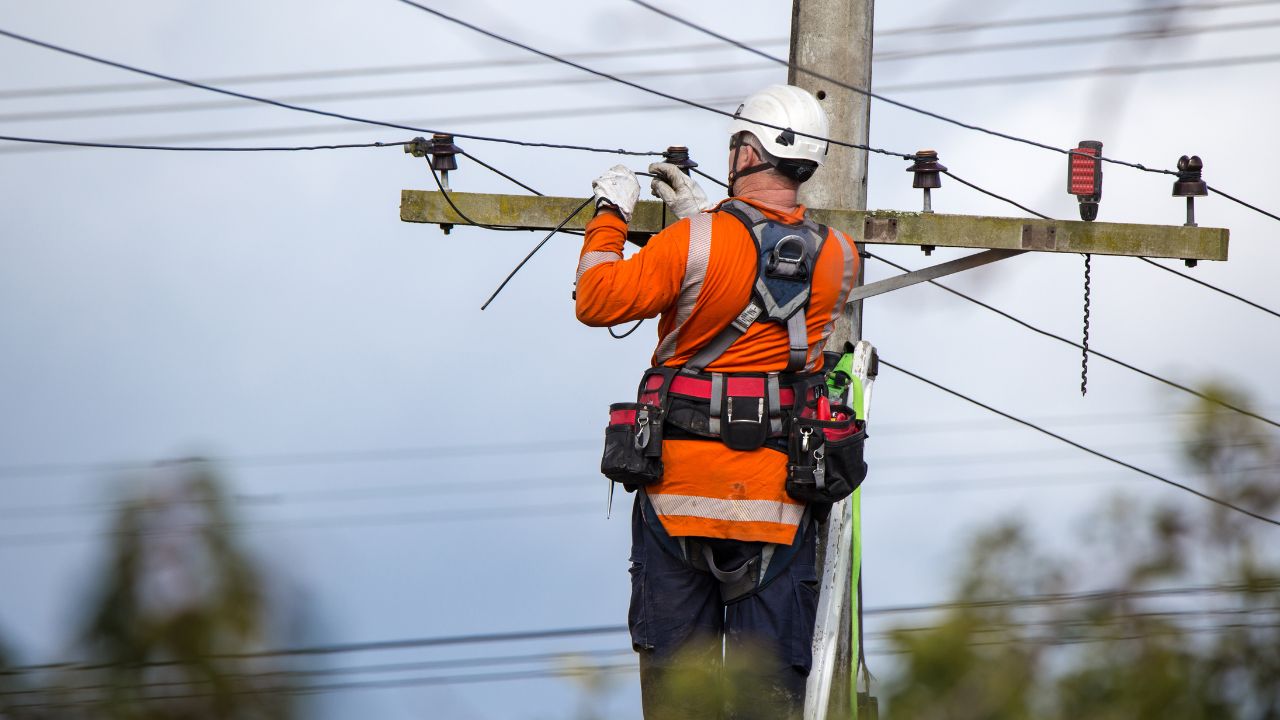7 things you’ll forget to plan for when buying land
Buying land sounds simple—find a pretty piece of dirt and make it yours. But there’s a lot more to it than the listing shows. Most folks don’t realize what they’ve missed until the money’s spent and they’re knee-deep in the next step. If you’re buying land, these are the things you’ll want to plan for before you ever sign.
Access and Easements

Not every piece of land comes with a legal way to get to it. And even if there’s a road, you better make sure you can use it.
Private easements, shared drives, or “landlocked” plots will complicate your life fast. Always get this in writing—don’t assume access is guaranteed.
Utility Availability and Cost

You’ll hear “electric available nearby,” but that could mean thousands of feet—and thousands of dollars—away.
Check with the utility companies yourself. Find out what it’ll actually take to run electric, water, and internet to where you want to build. Don’t trust the listing.
Soil Type and Perk Test

If your land won’t perk, you can’t put in a traditional septic system—and alternative systems can get expensive quick.
Have the soil tested before you close. That one step can save you a world of headache if you’re planning to build.
Road Maintenance Responsibility

If your road washes out or ices over, who’s fixing it? If it’s not county maintained, it might be all on you.
Find out who’s responsible for grading, gravel, snow removal, or repairs. It may seem small now, but it matters fast.
Flood Zones

Even land that looks high and dry can surprise you. FEMA flood maps will tell you what insurance companies care about.
You don’t want to find out you need expensive flood insurance after closing. Check early and avoid the mess.
Local Zoning and Restrictions

Some counties won’t let you build what you want, park a mobile home, or even live on your land while building.
Always read the local zoning codes and restrictions. And don’t forget to look into HOA rules if the land is part of a subdivision—even rural ones.
The True Cost of Development

Buying land is only step one. The real cost is getting it livable. Clearing, leveling, driveways, utilities, permits, fencing—it adds up fast.
Budget for all of it upfront or you’ll run out of money before you even pour a foundation.
*This article was developed with AI-powered tools and has been carefully reviewed by our editors.







